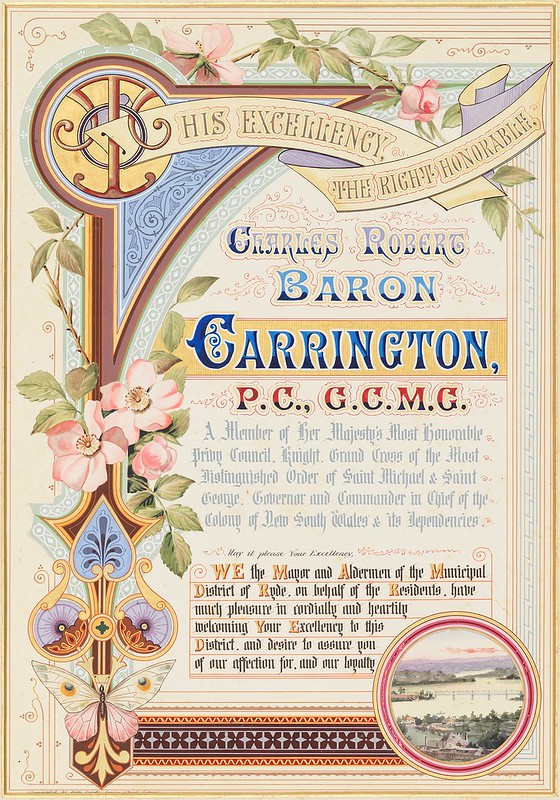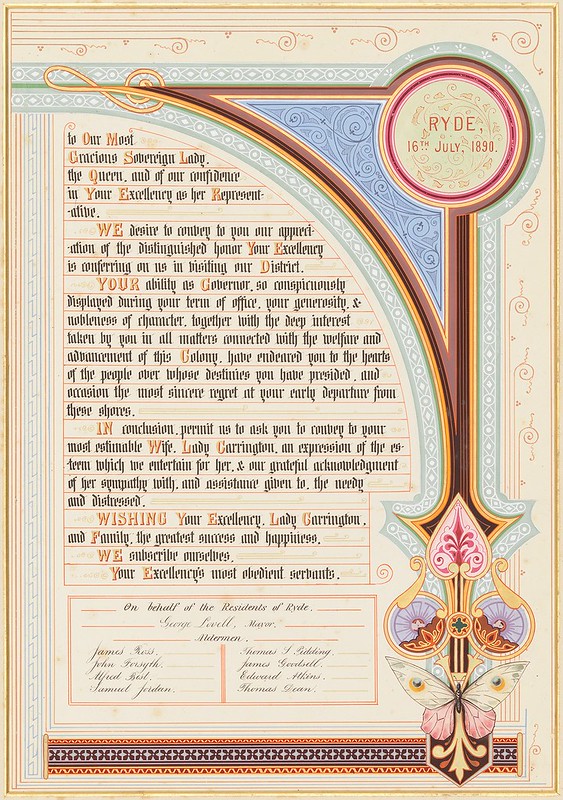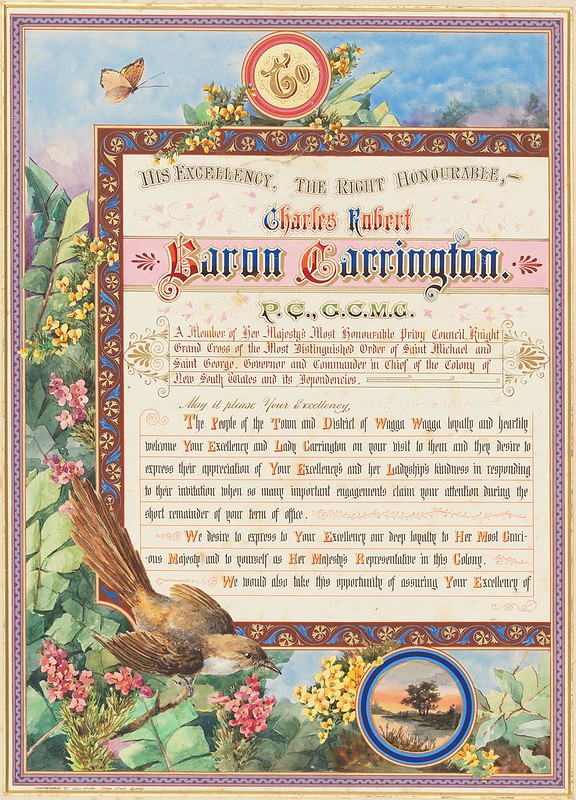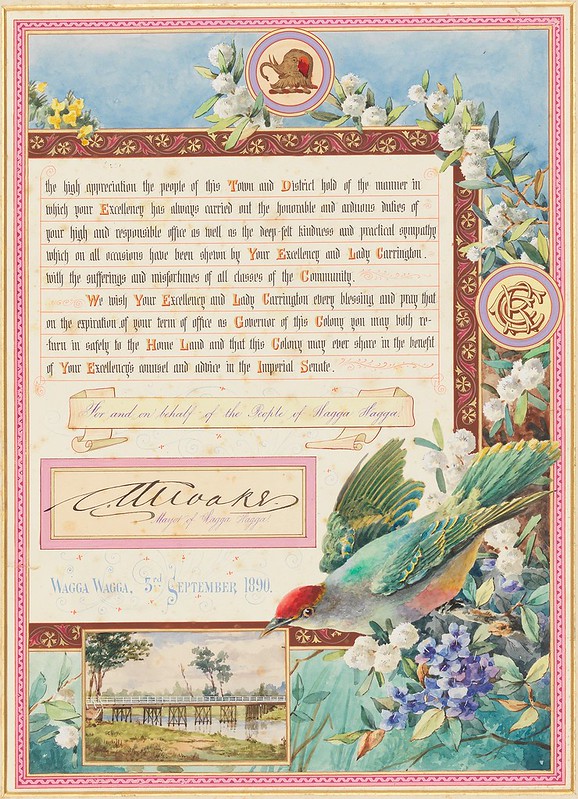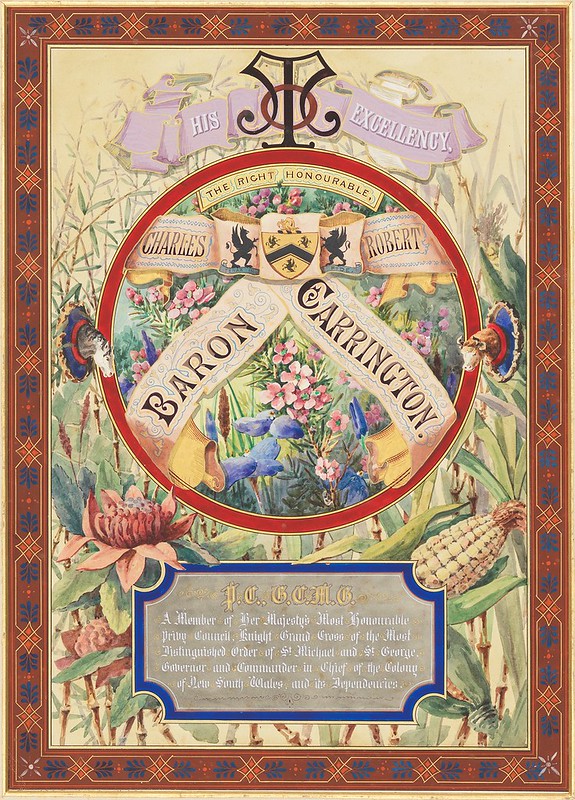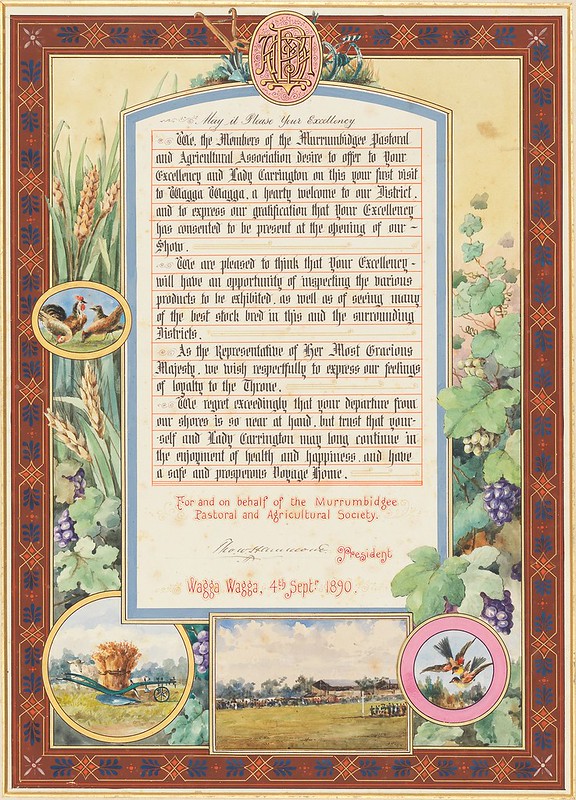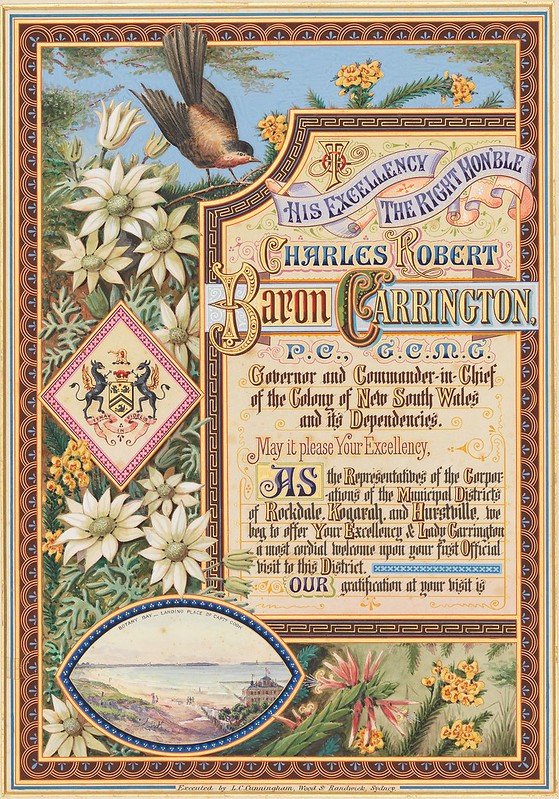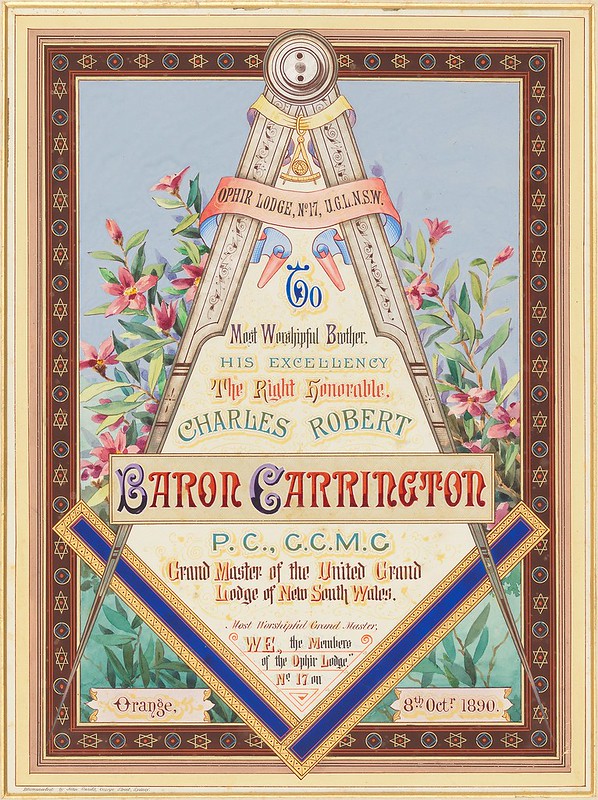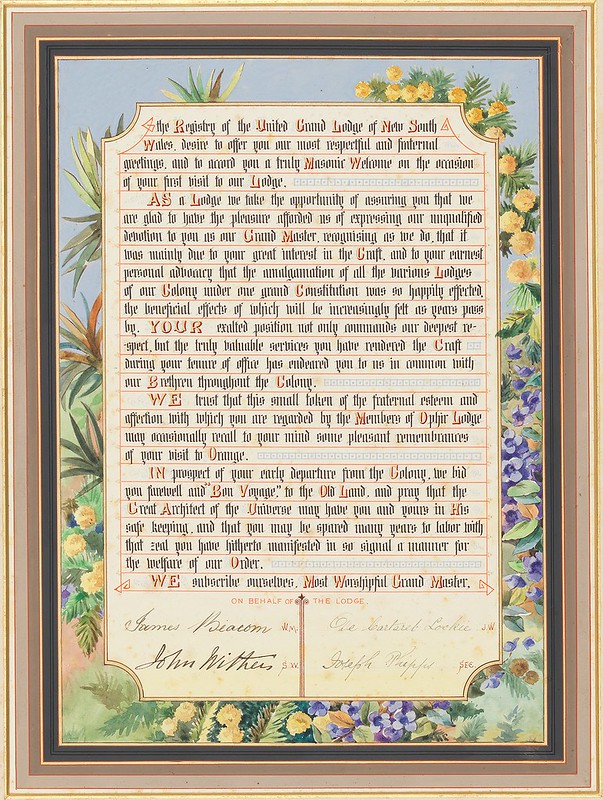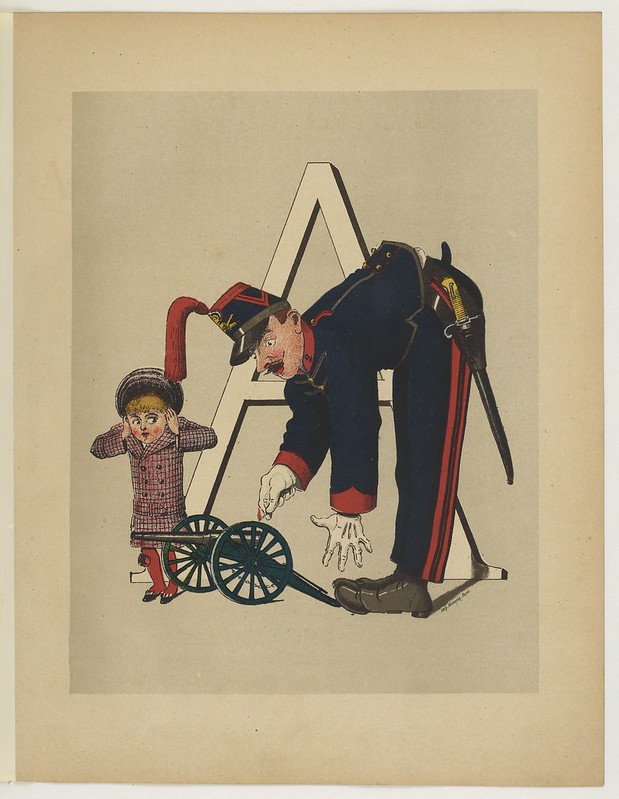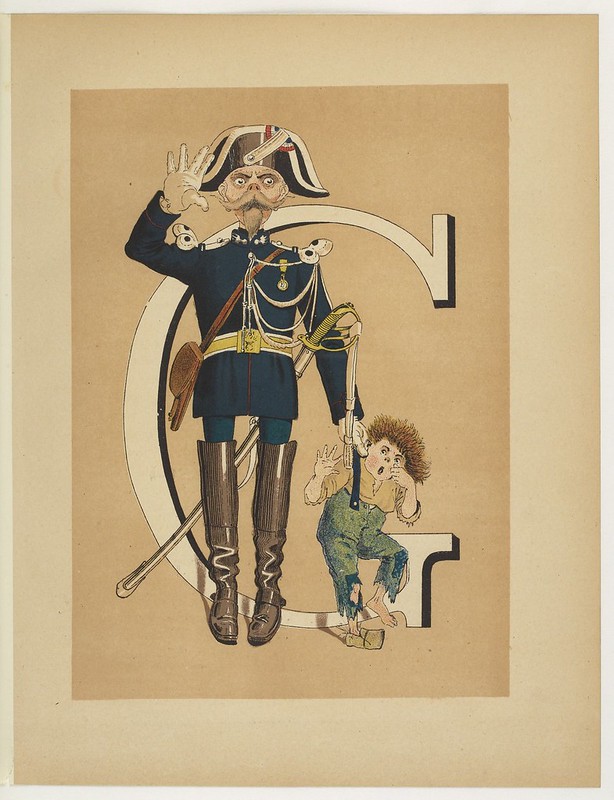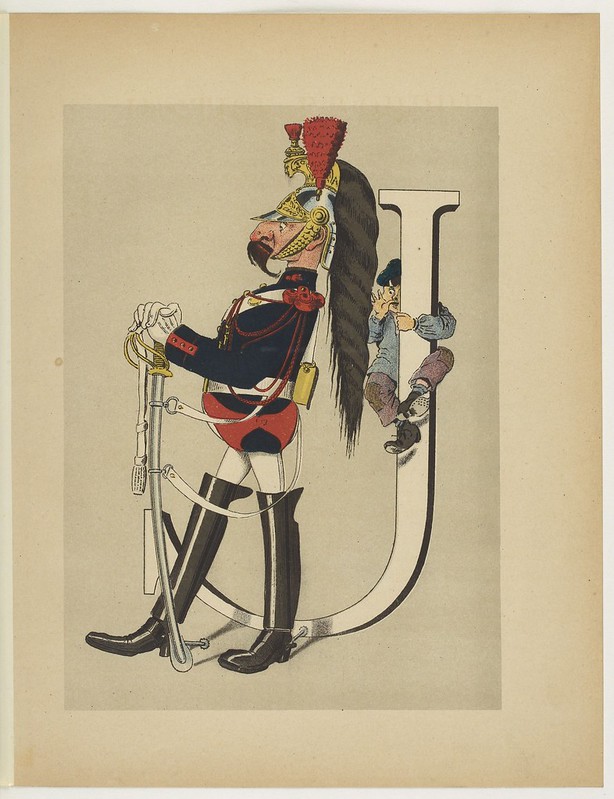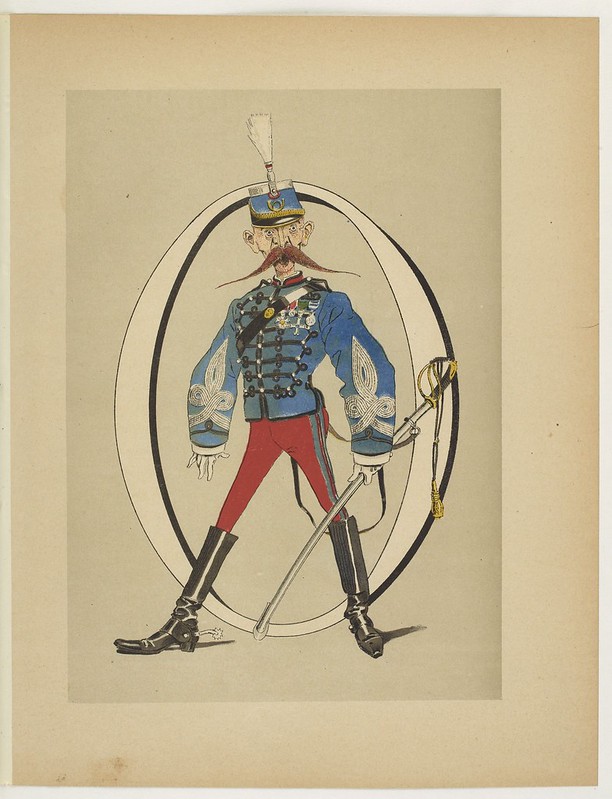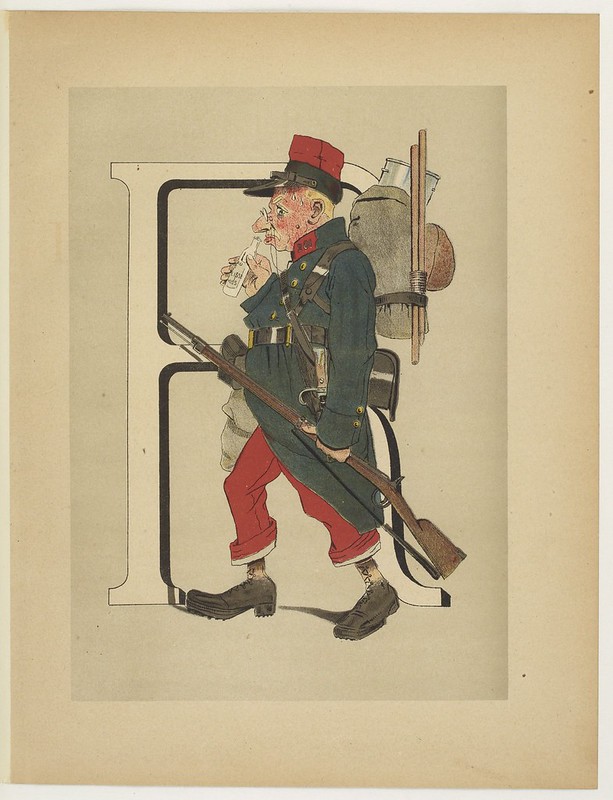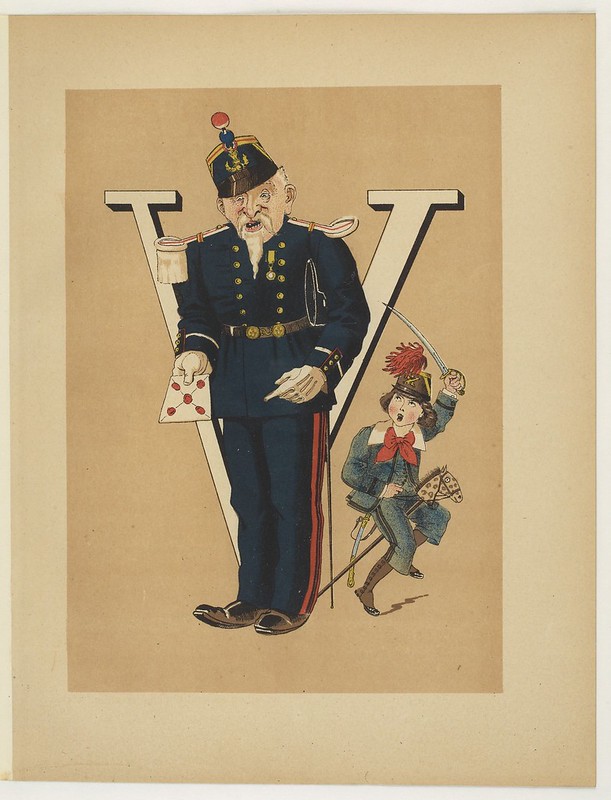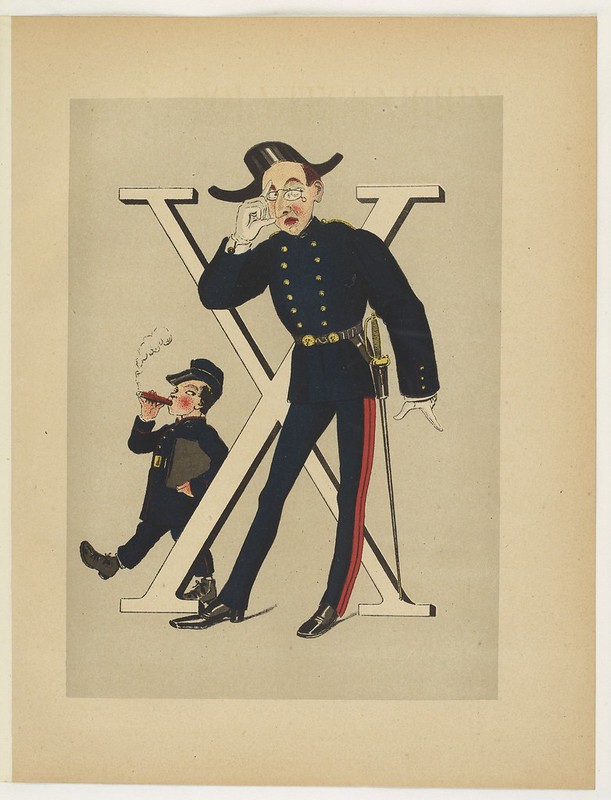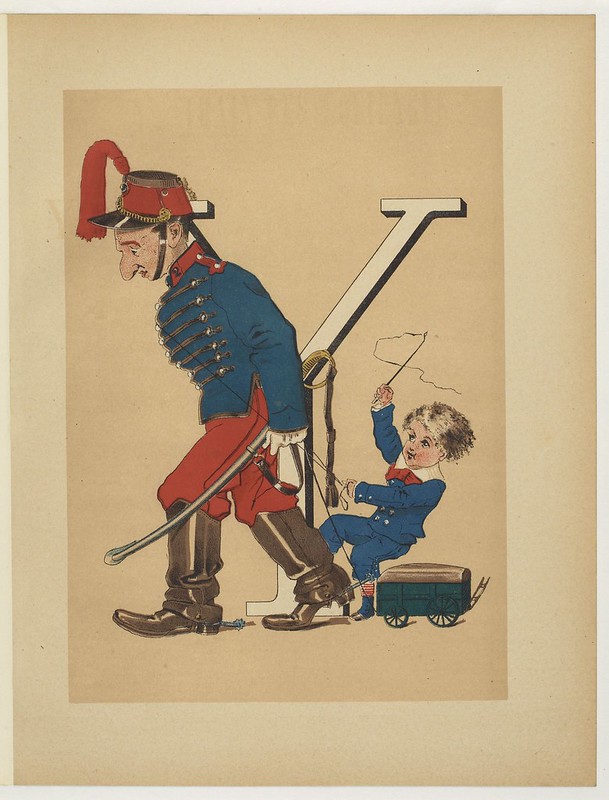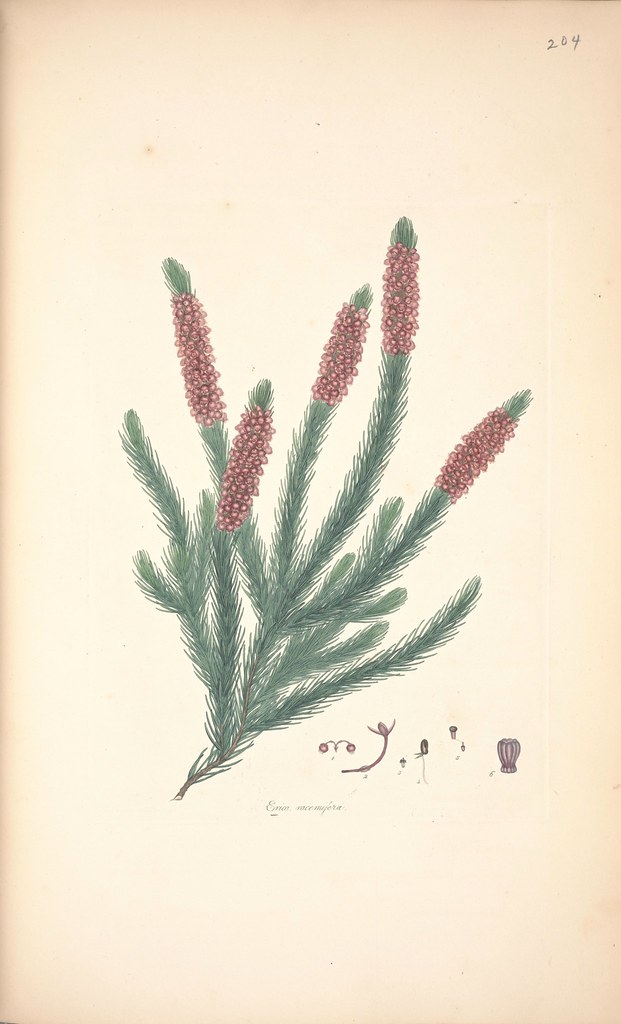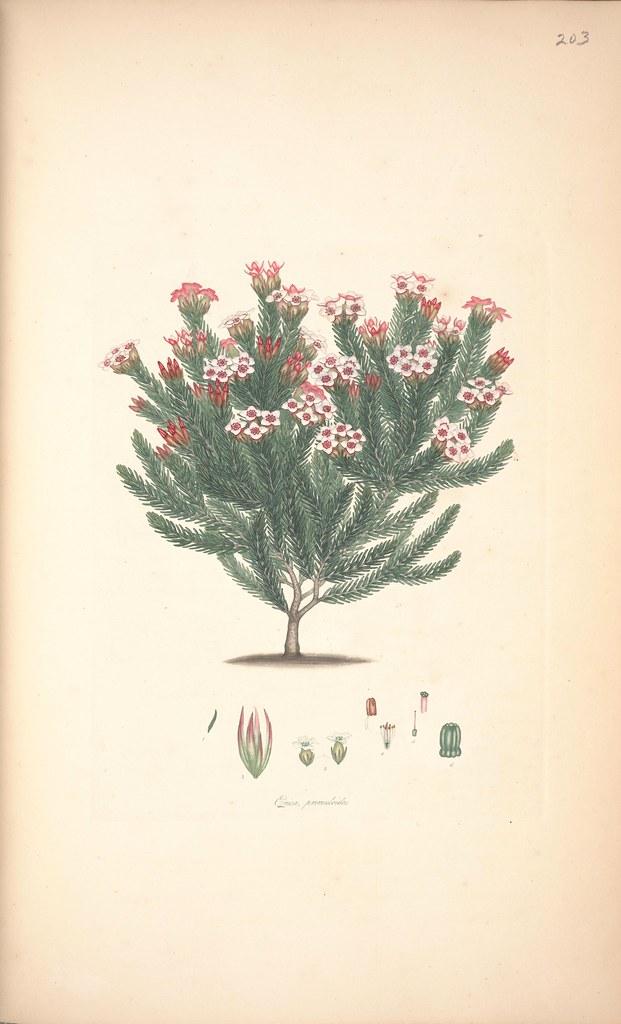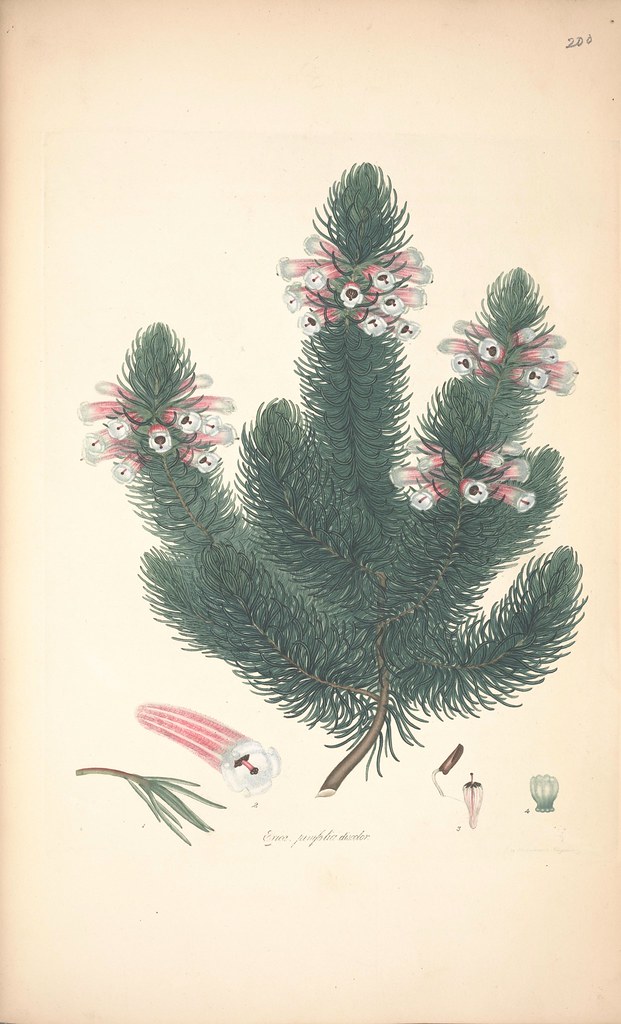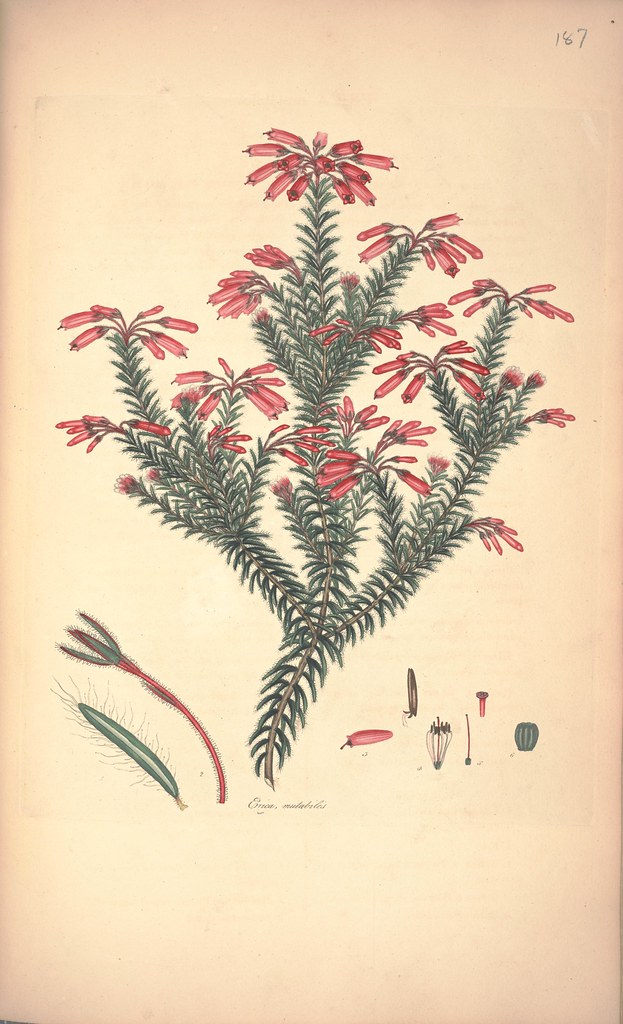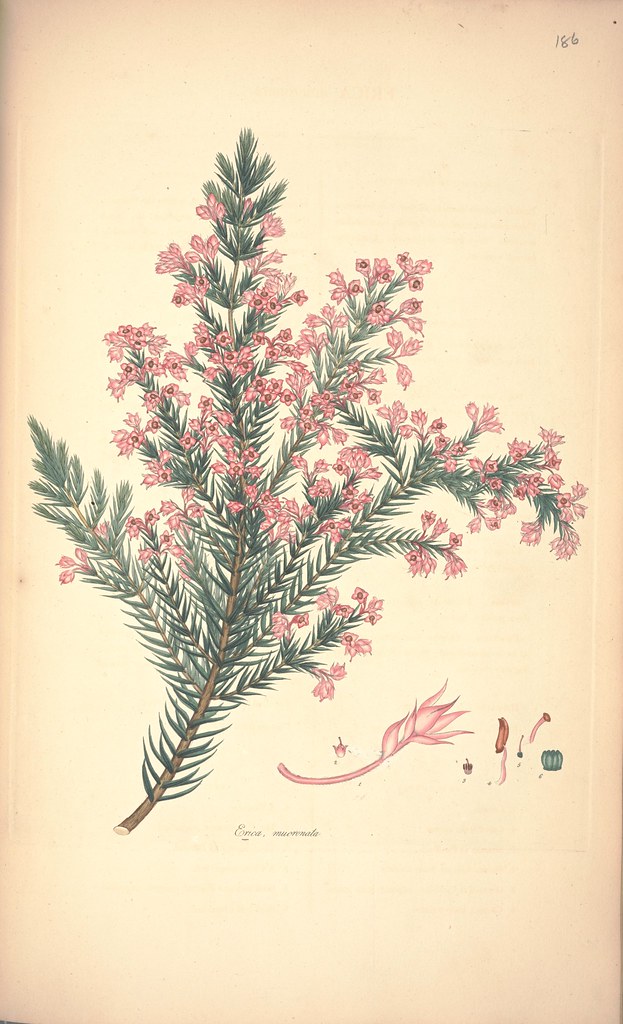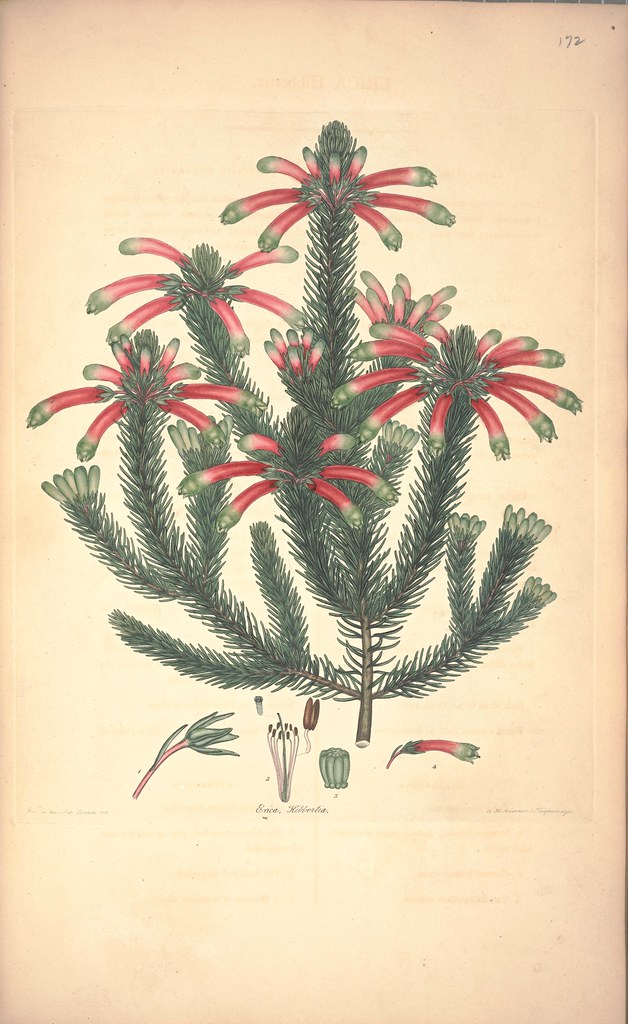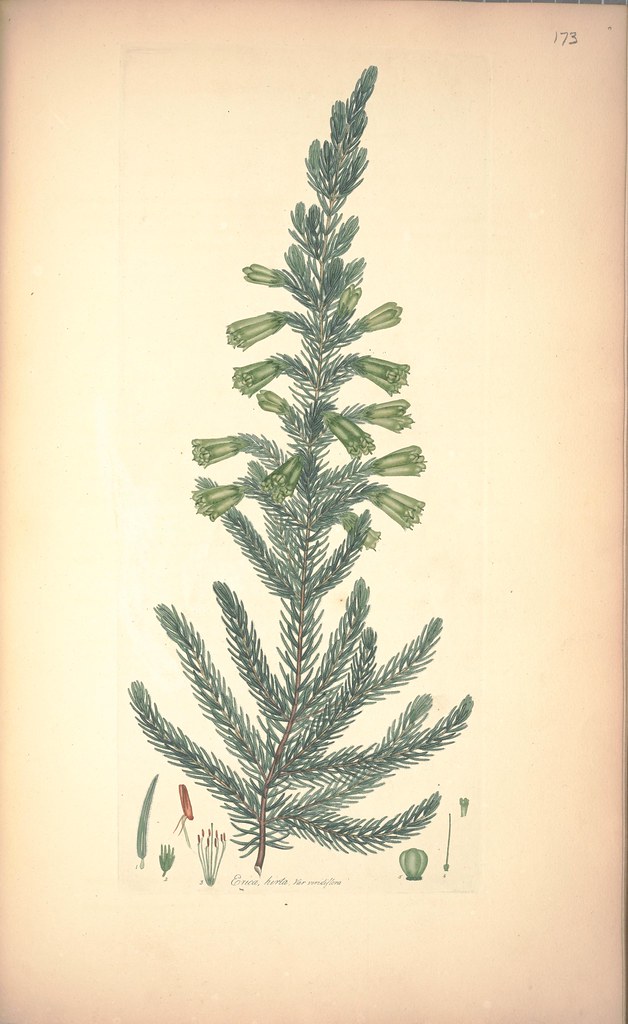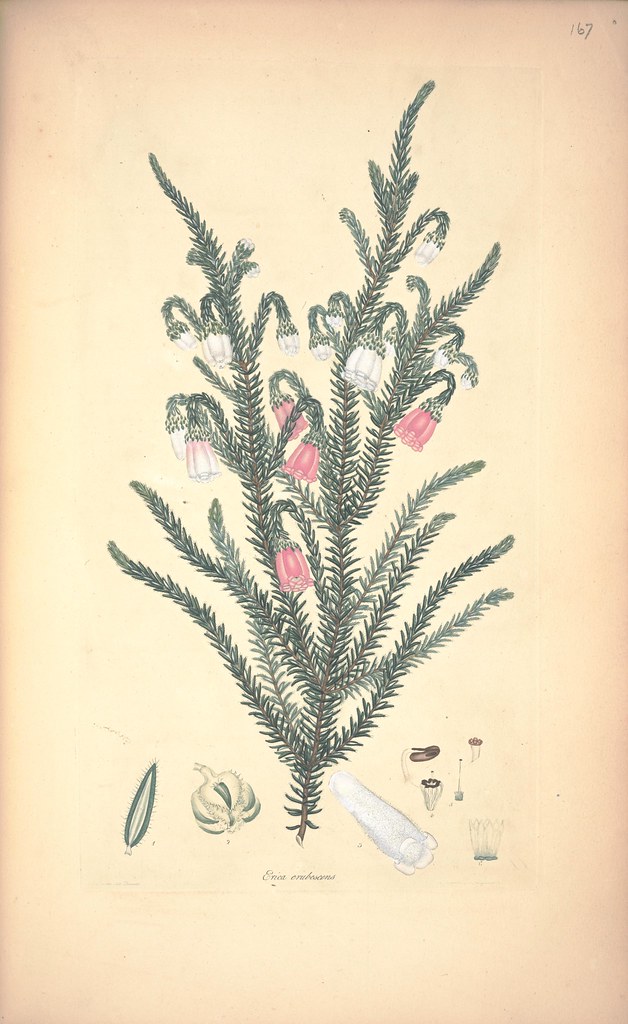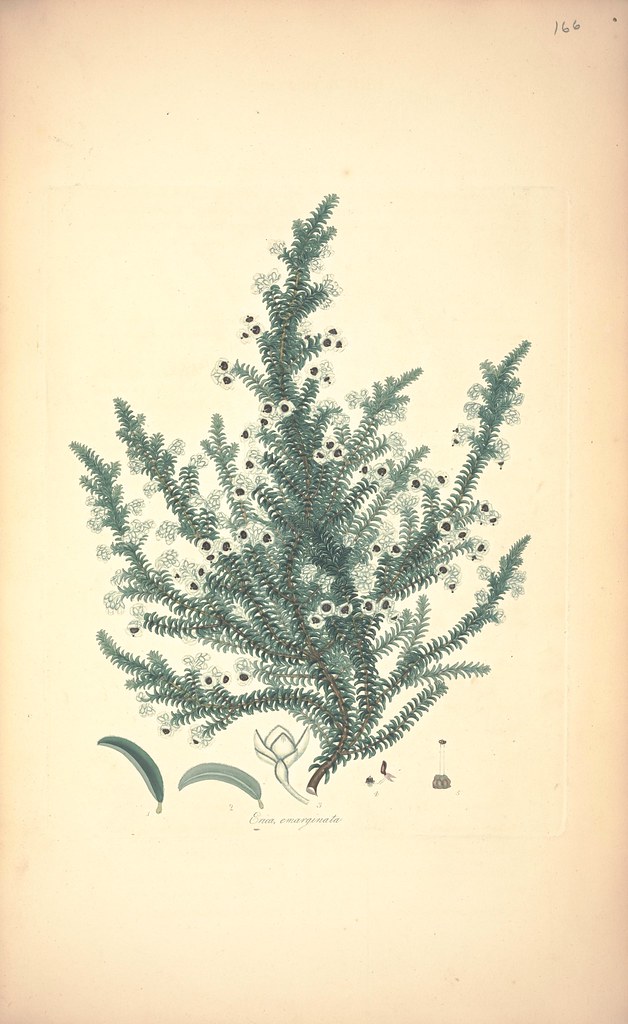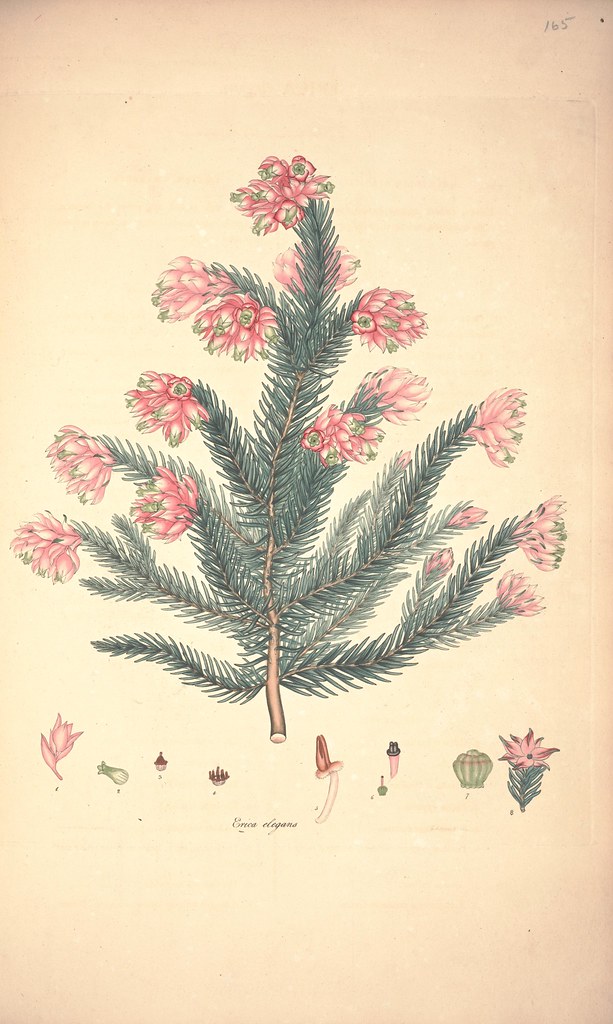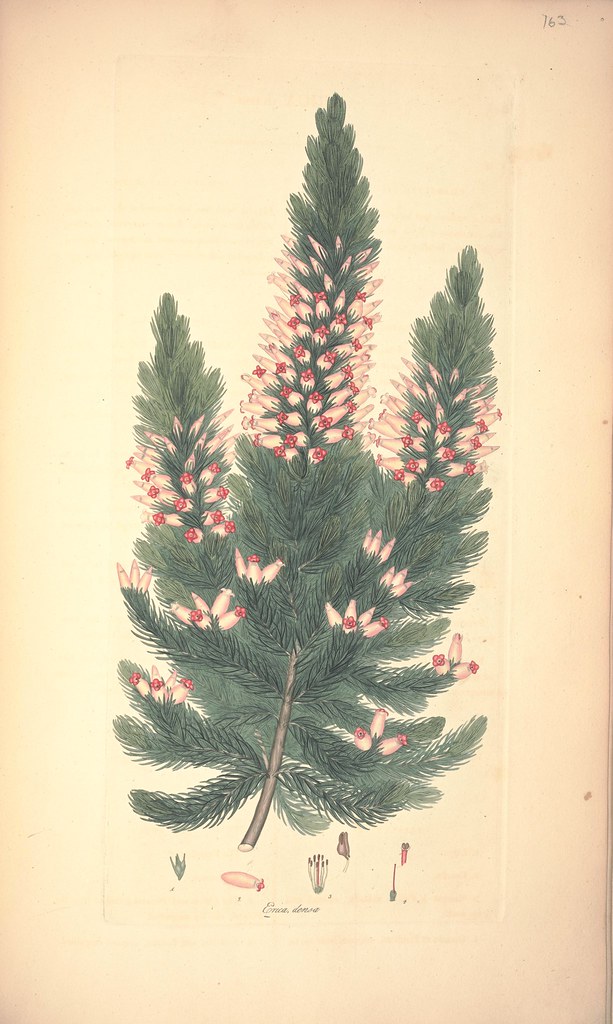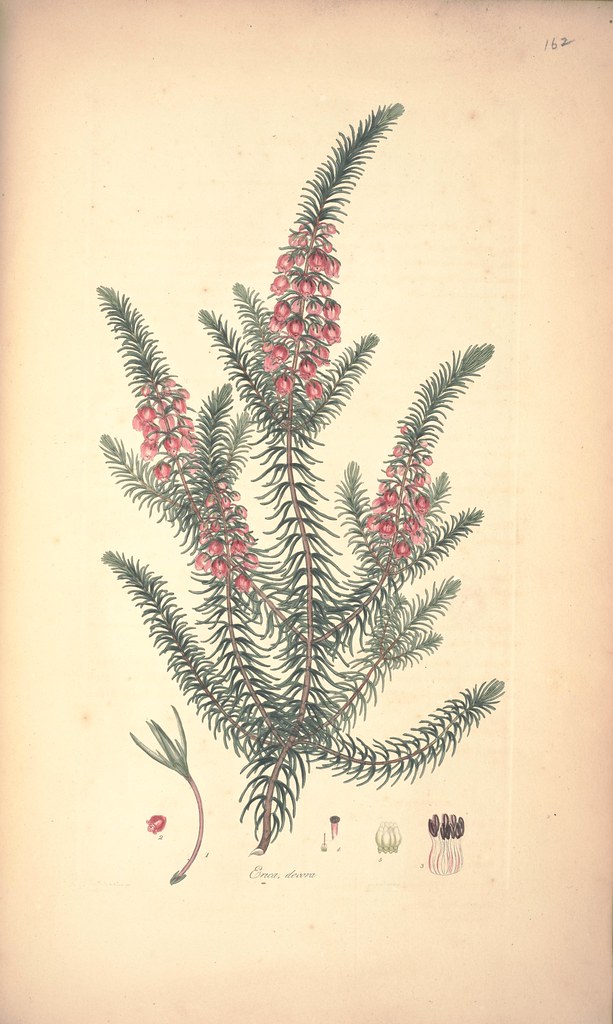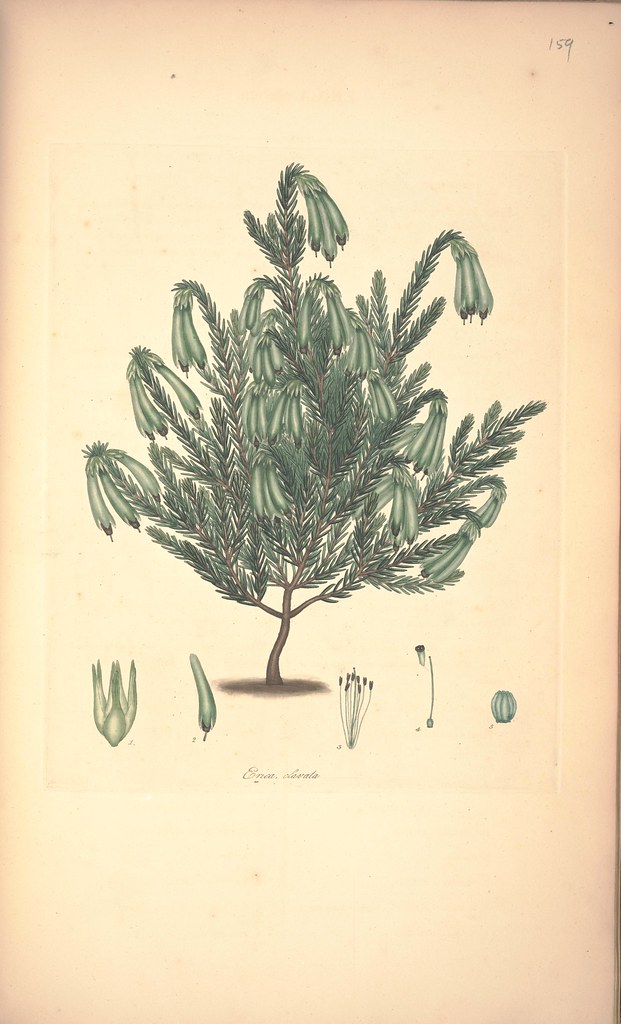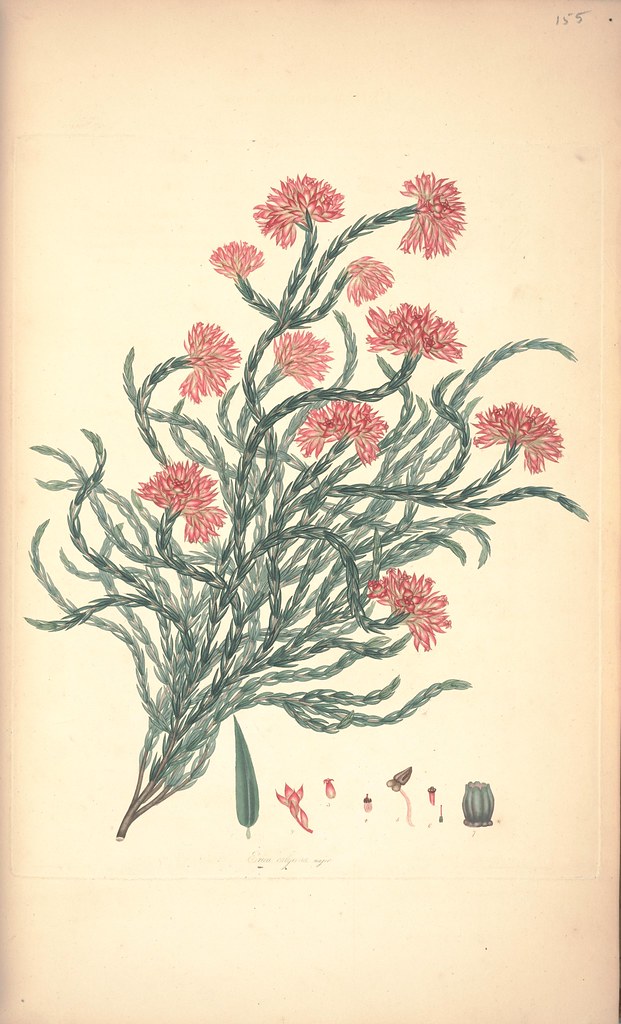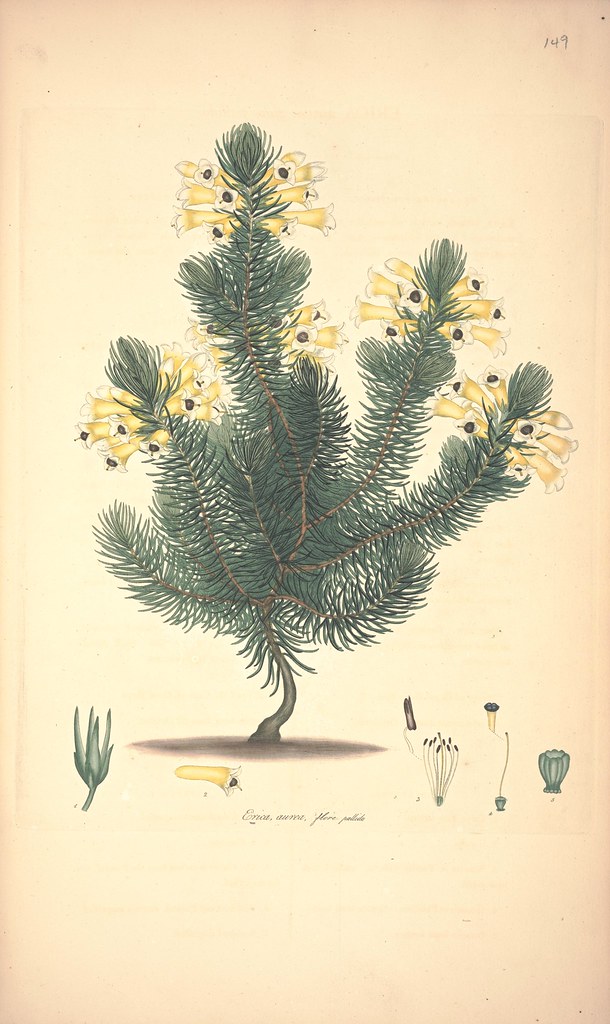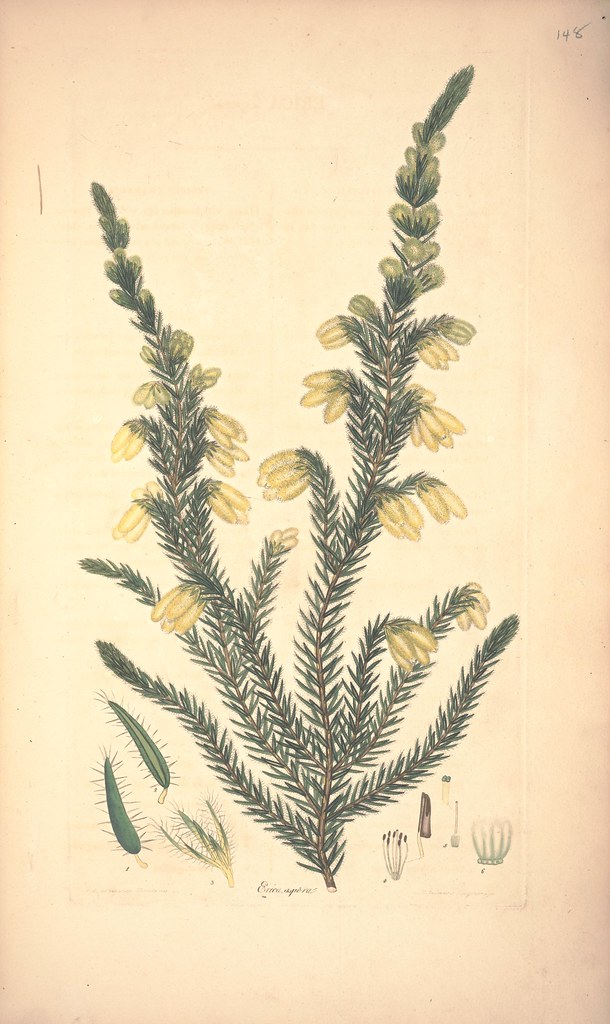A Little Book of Nature
'New little book of flowers, in it all kinds of beautiful flowers, also fruits and little animals, which are very useful to painters, silk embroiderers, goldsmiths and similar artists and are especially useful for travelling. Engraved in copperplate in honor of all art-lovers, published in Nuremberg 1652 in the publishing house of Paulus Fürst, art dealer.' (Thanks Maren!)
So I suppose we can dub this sweet little album something of a (late) 'copybook' or 'model book': a drawing source for artists in various trades. And that's about as much as I've been able to find out about this publication.
Fürst's name pops up around the traps as a publisher and seller of pamphlets, broadsheets, books and copper engravings, but there's no particular association with natural history or botanical drawings to provide guidance here. There are twenty plates in total in 'Viridarium Novum' plus a titlepage containing text in both Latin and German.


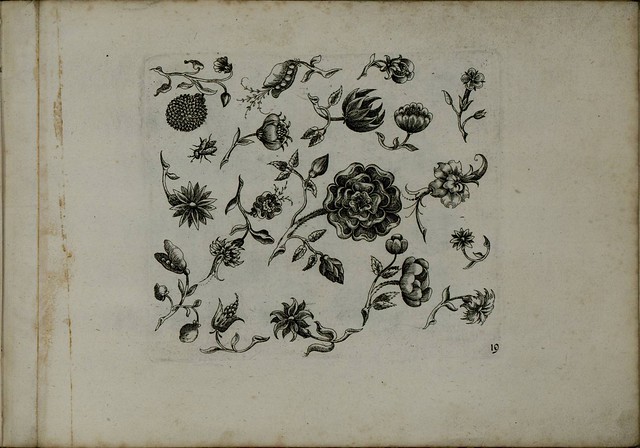
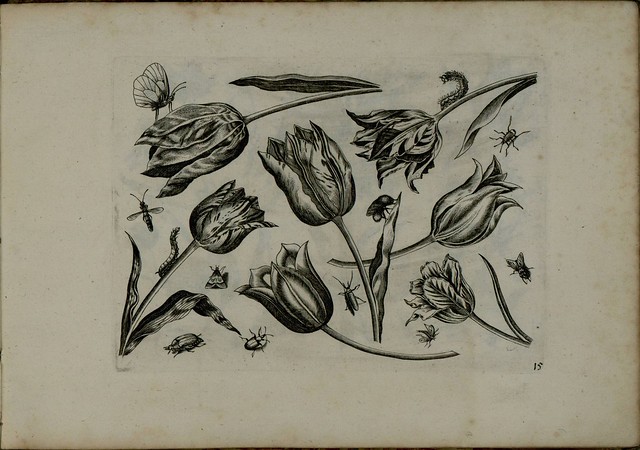
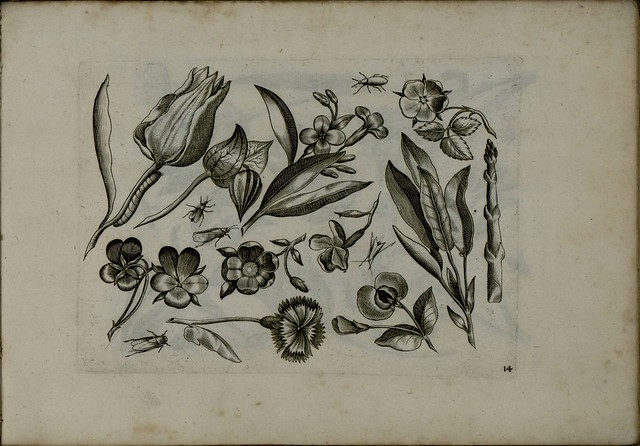
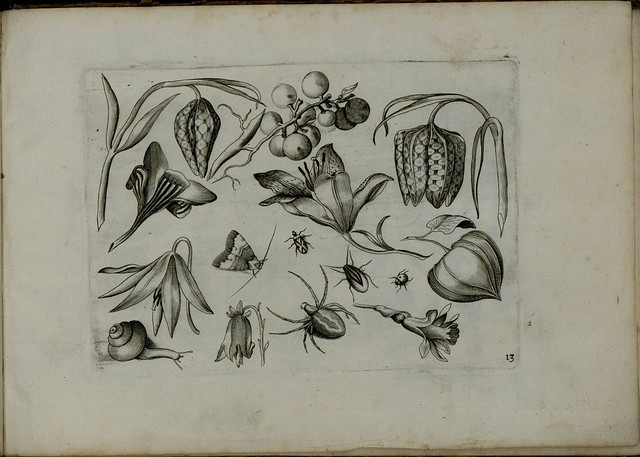

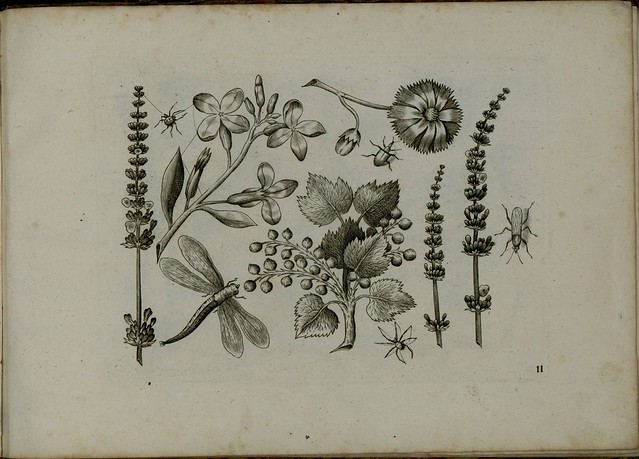
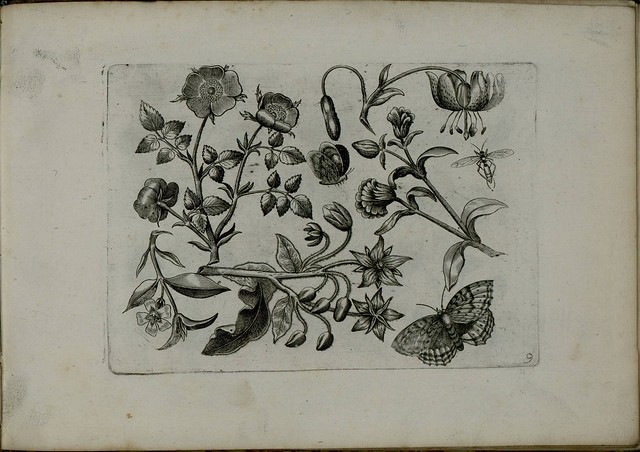
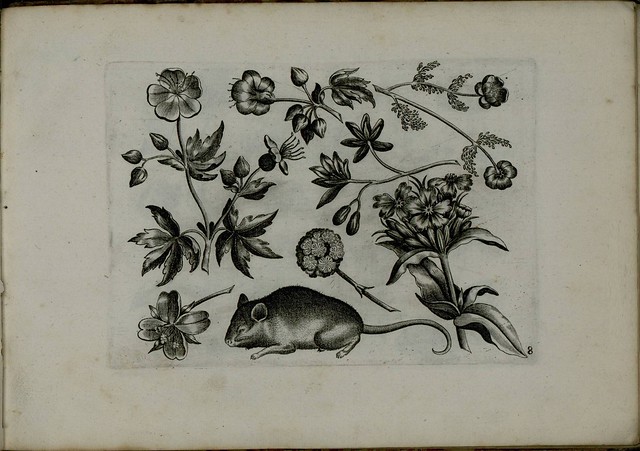
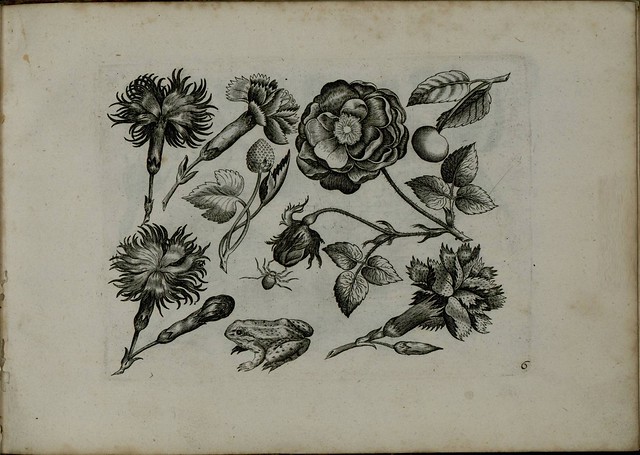

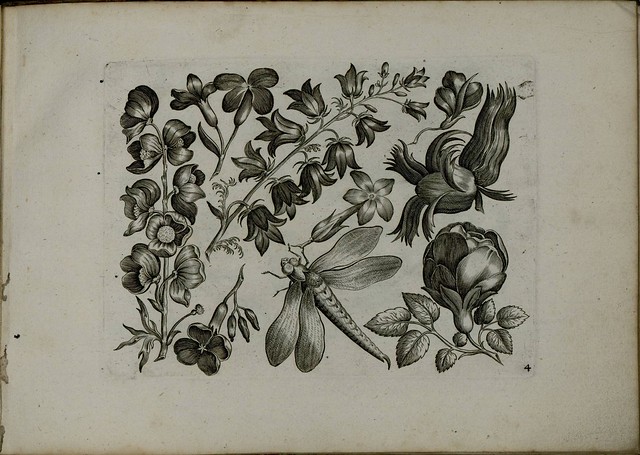
A cropped version of the titlepage appears below. I would have expected to see such a scene a hundred years before this book's publication; it looks like a mannerist print to my ignorant eye. Perhaps the book was copied, or the publisher was trying to imply a great depth of history and knowledge behind it? There endeth my speculation. Nevertheless, it's cute; it deserved a post.
- 'Viridarium novum, variis animalculis floribus, ac herbis adornatum..' is available online through the Heritage collections - Libraries of the University of Strasbourg (thumbnails).
- *From the model-book to the sketch-book* - WGA (Web Gallery of Art) - I have linked to this page many times in the past because it's about the only commentary about this intriguing genre of illustrated book I've found.
- The Viridarium Novum post first appeared on the BibliOdyssey website.
- ADDIT (Nov' 2016) - commenting below, Tamar Hestrin Grader helpfully advises: "Many of the elements in the plates appear to be based on Hoefnagel's Archetypa, published in 1592" AND "the title page and several of the plates (the last four shown here, for example) appear to be re-engraved versions of the plates at the end of Crispijn van der Passe's Cognoscite lilia agria..., printed in Cologne ca. 1614, thought to be an early version of his Hortus Floridus. Facsimile avaiable here: https://archive.org/details/cognosciteliliaa00pass "

